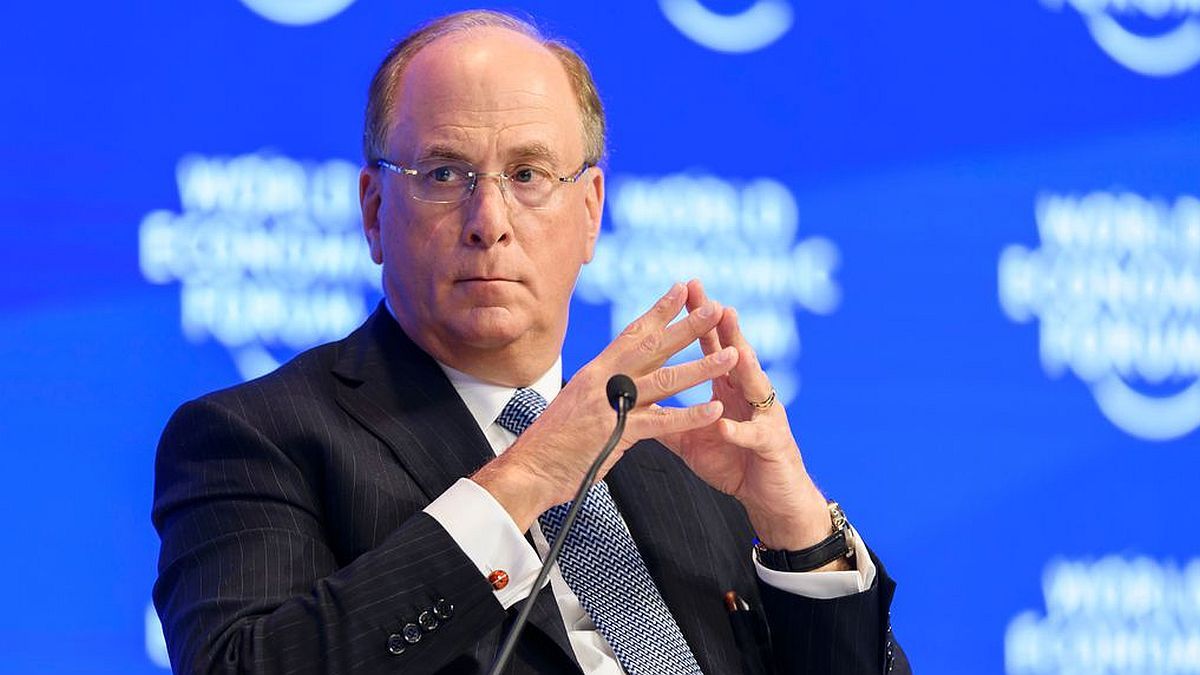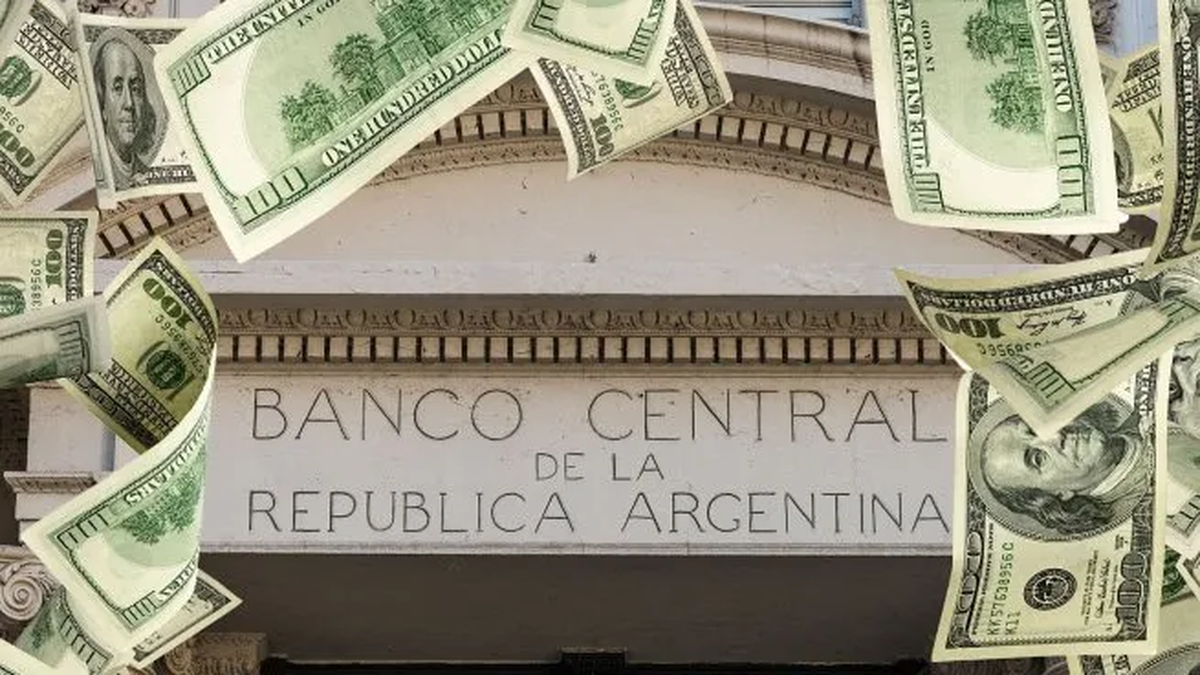Menu
Agriculture: Are eggs scarce for Easter?
Categories
Most Read
They attribute Sturzenegger to having anticipated a regime change and the Minister had to deny it
October 14, 2025
No Comments
September inflation accelerated to 2.1%, according to INDEC
October 14, 2025
No Comments
how to visit expensive destinations on a tight budget
October 14, 2025
No Comments
How much do I earn if I invest $1,000,000 today in 30 days?
October 14, 2025
No Comments
Latest Posts

BlackRock reported a record $13 trillion in assets under management and its shares rose sharply on Wall Street
October 14, 2025
No Comments
October 14, 2025 – 19:05 BlackRock, the world’s largest asset manager, reported solid financial results for the third quarter of the year. AFP BlackRockthe world’s

Hamas handed over four more bodies to Israel in the Gaza Strip
October 14, 2025
No Comments
The IDF will inspect the coffins before covering them with national flags. The remains will then be transferred for identification and to confirm whether they

Dollar today: how much it closed at this Tuesday, October 14
October 14, 2025
No Comments
October 14, 2025 – 18:08 Find out how much the official dollar, blue, the MEP dollar and the CCL are trading at. He official dollar
24 Hours Worlds is a comprehensive source of instant world current affairs, offering up-to-the-minute coverage of breaking news and events from around the globe. With a team of experienced journalists and experts on hand 24/7.

